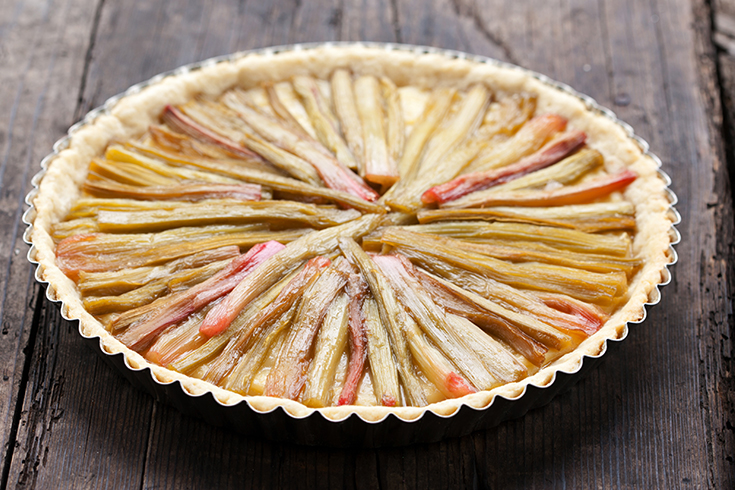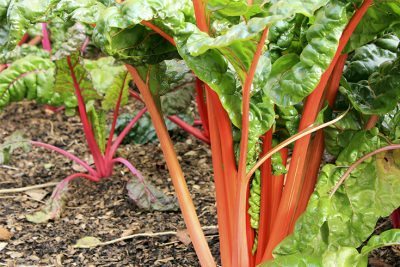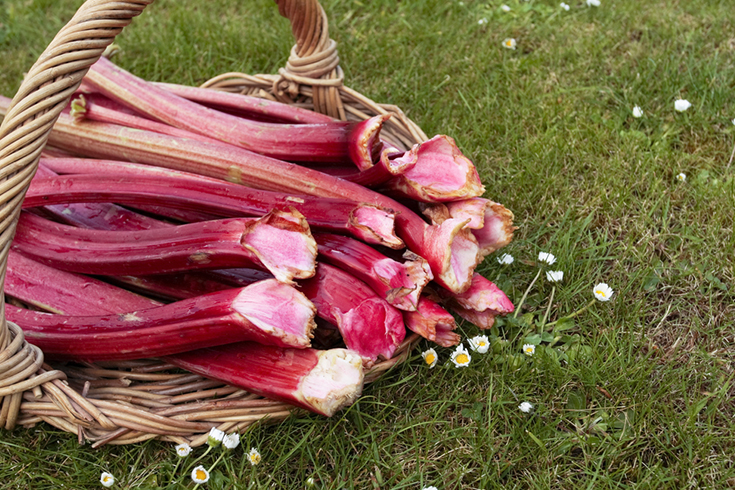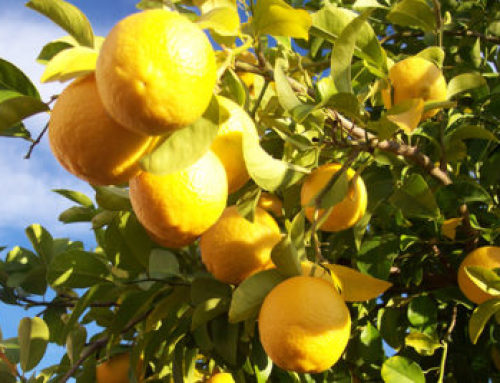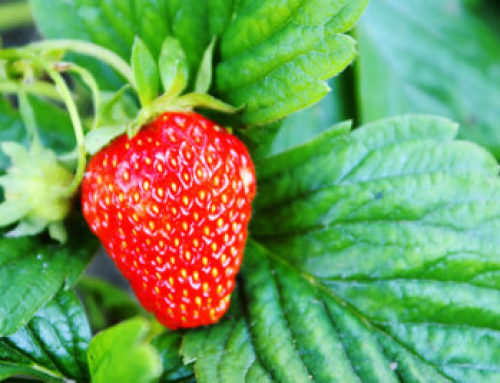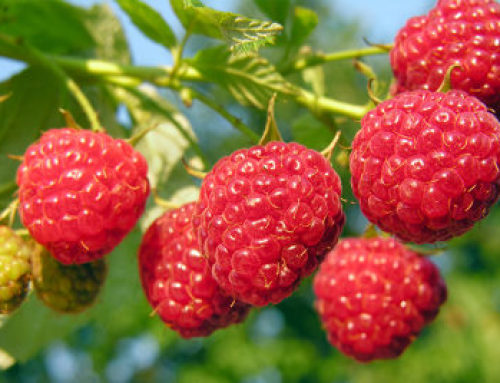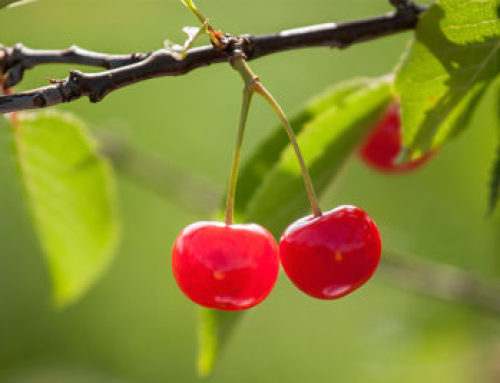Every garden should have at least one clump of rhubarb for early summer puddings.Unwins Rhubarb is a specially selected variety called Victoria, that produces succulent pink stems with a delicious tart flavour.
Planting Rhubarb
Plant this herbaceous perennial in February/March and it will establish over the summer then die back to ground level in the winter. See our guide on How To Plant Rhubarb for more information. Next year the plant will regrow from the crown, with strong healthy stems ready to harvest in spring.
Your plant will produce tasty stems for the next five or so years and sometimes for much longer.
Harvesting Rhubarb
Rhubarb can be harvested from spring to early summer unless it has been forced, when it can be pulled a few weeks earlier. See our guide on How to Force Rhubarb for more information. Avoid harvesting stems in the first year of growth as the will weaken your plant. Instead nurture it by watering and feeding throughout the season so that the underground rhizome establishes well, this will ensure a strong plant next season. If you plant starts to make a flower spike, cut this off as soon as you see it as close to the crown as possible.
Rhubarb is hardy so it doesn’t need any special cosseting over the winter, though a mulch of Gro-Sure Farmyard Manure will protect the underground rhizome and the developing shoots.
In year two you can harvest a small number of stems for the first two to three weeks of growth. Don’t ever cut off more than half of the stems, or you will weaken the plants. In the third year of growth you can harvest stems for 2-3 months early in the season. Choose fat, pink stems where the leaf is fully formed but not yet aged, for the tastiest rhubarb.
Storing Rhubarb
Rhubarb is best cooked straight from the garden but can be stored by freezing or bottling.
